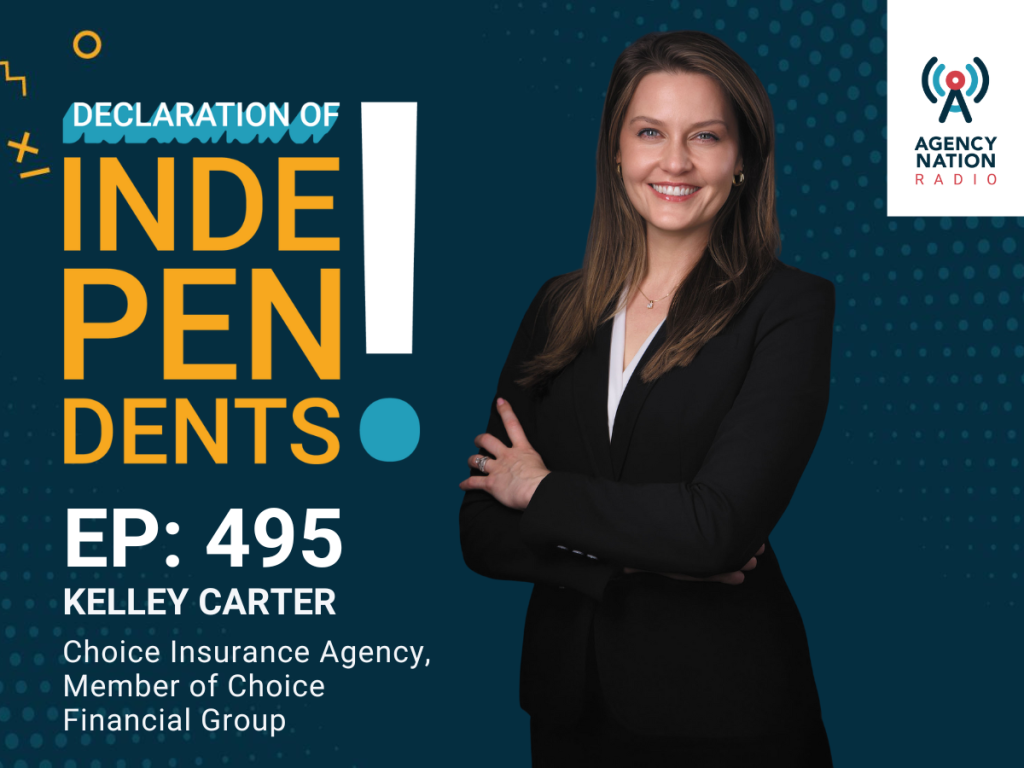9 Common Sales Objections and How to Respond

By Kelly Donahue-Piro
When you encounter objections when you’re trying to sell a policy, what comes to mind? Is your reaction, “Uggghhh, why won’t they just buy?” Or, do you think, “They’re engaged—let’s help clear up any remaining questions”?
When a lead raises an objection, they are presenting an opportunity.
For some agents, overcoming objections can feel uncomfortable or pushy. However, this is your chance to address the most common objections and learn how to overcome them as a professional in insurance sales—not as a pushy salesperson.
Here’s why prospects may give you an objection:
- It is not clear how the policy benefits them.
- The prospect struggles with making decisions.
- They are uncomfortable breaking up with their current agent.
- They were in shopping mode but not buying mode.
- They are waiting for other quotes.
- You have a higher premium and are unclear on the value you provide for the difference.
- They didn’t feel a connection with you.
- The timing is off.
Often, when you receive an objection, the prospect won’t state their problem. They’ll use vague language. As a sales professional, your goal is to listen carefully and uncover the true objection.
More on prospecting
The CENT strategy can help any agent face an objection and earn the prospect’s buy-in. Here’s how it works:
- Confirm. Tell them you understand their concern.
- Engage. Affirm that it’s OK for them to feel that way.
- Neglect. Explain how not moving forward may negatively impact them.
- Teach. Share with them how moving forward helps them and end with a question.
Another strategy for facing insurance objections is to keep the prospect talking and embrace their concerns.
How to Embrace Your Client’s Concerns
In insurance sales, objections aren’t roadblocks—they’re opportunities to understand, educate and build trust with your prospects. When a prospect raises a concern, they’re offering you a chance to address their uncertainties and demonstrate your value as a professional.
The biggest mistake, however, is letting the conversation stall, which increases the risk of being ghosted. Once the dialogue ends without resolution, reconnecting becomes significantly harder. That’s why it’s crucial to remain proactive, empathetic and focused on solutions.
Here are answers to nine common objections that incorporate the CENT method and keep prospects involved in meaningful discussions to help you ultimately close the deal:
1) “I’m no longer interested.” “I completely understand—shopping for insurance can be a process! That said, I’d hate for you to end up with the wrong coverage or miss out on the service you deserve. When we connected, you mentioned that, aside from price, you were looking for an agent who could provide [list the attributes the prospect mentioned]. Out of curiosity, did you find a quote for less?”
2) “Your price is higher.” “I know spending more wasn’t your goal. However, some agents underquote, which can lead to price changes or short-term policies. If that happens, this quote may no longer be available. How about I compare the quotes for you so you can clearly see the differences? Wouldn’t you agree it’s worth taking a look?”
3) “I don’t have time to deal with this right now.” “I know you have other things to attend to. However, if something were to happen and you didn’t have the right coverage or were spending more than necessary, I’d feel terrible. The good news is we can get this taken care of in just a few minutes. Don’t you agree it’s worth handling this now?”
4) “I need to consult with my spouse or business partner.” “I get it—I like to consult with my spouse or business partner on these kinds of decisions, too. I know your time is valuable, so why don’t we reach out to them now and review it together? That way, we can address any questions they have. When would be a good time for all of us to connect?”
5) “Let me think about it.” “I like to take my time with these kinds of decisions, too. That said, if something were to happen and you didn’t have the right coverage, or if the quote became invalid, I think we’d both regret it. Why don’t we go through this quote again and make sure all your questions are answered? How does that sound?”
6) “I’m happy with my current agent.” “I completely understand—many of our clients have felt the same way. However, when we work with clients, our goal is to save them both time and money. You mentioned you were looking for an agent who could also provide [list the attributes the prospect mentioned], and we’re confident we can meet that need.”
7) “I already found coverage.” “I completely understand—getting insurance was a priority for you. However, I’ve seen cases where some agents undercut coverage or values, leaving clients in a bait-and-switch situation. To be safe, I recommend we review the quote together to identify any differences. If it’s a good quote, I’ll let you know. If there are any gaps, I’ll walk you through them. Don’t you agree it’s worth making sure?”
8) “I don’t think I need all that coverage.” “I completely understand. Before I got into insurance, I didn’t realize how often claims happen where people are underinsured. With the way the world has changed and prices continuing to rise, I’d hate for you to have a claim and regret not having the right coverage. Let’s walk through the coverages together and see what makes the most sense. Fair enough?”
9) “Just email me the quote.” I completely understand—I like to review things first myself. However, insurance can be complicated, and emails often end up causing more confusion. Instead, let’s review the quote together to ensure all your questions are answered. After that, I’ll gladly send you the application for review. Don’t you agree that’s the best approach?”
Kelly Donahue-Piro is president at Agency Performance Partners. This article was originally published on the Trusted Choice® blog.











